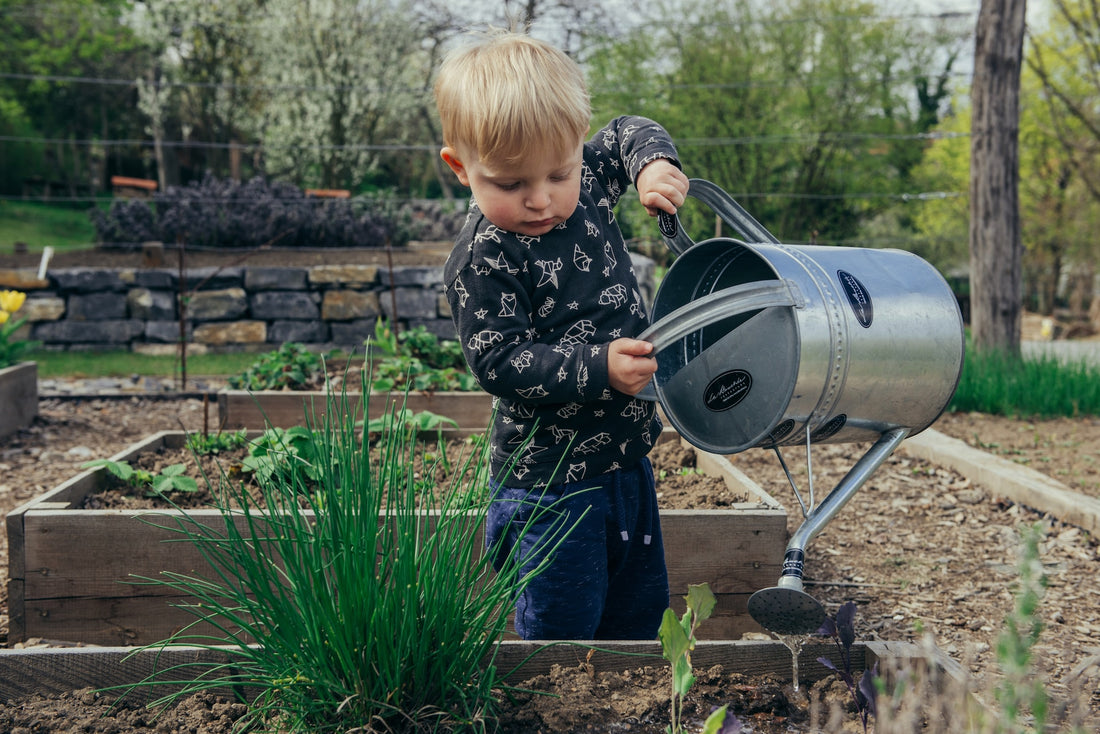Planting vegetables in the fall is a great way to make the most of your garden. Many vegetables not only tolerate cooler temperatures but actually thrive in them, producing sweet, flavorful harvests. Whether you have a large garden or limited space, there are options for everyone to enjoy fresh, homegrown produce throughout the fall season.
1. Broccoli Rabe
Broccoli rabe, also known as rapini, thrives in cooler temperatures and can be planted about 10 weeks before the first expected frost in your region. Broccoli rabe requires full sun and well-draining soil.
Sow the seeds directly into the ground, spacing them about 6 inches apart. Keep the soil consistently moist and harvest the young leaves and flower buds when they are tender and vibrant green.
2. Bok Choy
Bok choy takes 45 to 70 days to mature, depending on the variety, so plant the seeds in mid to late summer or use a cold frame to extend the growing season. Bok choy prefers full sun but can tolerate partial shade.
Sow the seeds directly into the ground, spacing them about 6 inches apart. Keep the soil consistently moist and harvest the leaves when they are young and tender. Bok choy is a staple in Asian cuisine and can be stir-fried, steamed, or added to soups and salads.
3. Curly Endive
Curly endive grows best when temperatures are in the 60s, making it a perfect addition to fall gardens. Plant the seeds in late summer, ensuring they receive full sun or partial shade.
Sow the seeds directly into the ground, spacing them about 8 inches apart. Keep the soil consistently moist and harvest the outer leaves as needed.
4. Spinach
Spinach is a fall garden favorite that can be harvested in as little as three weeks when grown as baby spinach. It thrives in cooler temperatures, so it's best to plant it in mid to late summer or early fall, depending on your location.
Choose a sunny spot in your garden with well-draining soil. Sow the seeds directly into the ground, spacing them about 2 inches apart. Keep the soil consistently moist and harvest the leaves when they reach the desired size.
5. Kale
Kale takes about 60 days to mature and is quite cold-hardy, making it a perfect choice for fall gardens. Choose a sunny spot in your garden with well-draining soil. Sow the seeds directly into the ground, spacing them about 12 inches apart. Keep the soil consistently moist and harvest the outer leaves as needed.
6. Collard Greens
Collard greens can be planted about six to eight weeks before the first fall frost. Choose a sunny spot in your garden with well-draining soil. Sow the seeds directly into the ground, spacing them about 12 inches apart. Keep the soil consistently moist and harvest the leaves when they are young and tender.
7. Carrots
Carrots thrive in cool weather, making them an excellent choice for fall gardens. Look for quick-growing dwarf varieties that mature in about two months. Choose a sunny spot in your garden with loose, well-draining soil. Sow the seeds directly into the ground, spacing them about 2 inches apart. Keep the soil consistently moist and thin out the seedlings as they grow, leaving about 4 inches of space between each plant.
8. Beets
Beets are ready to harvest in about 60 days. Both the leaves and the roots are edible, making them a great addition to fall gardens. Choose a sunny spot in your garden with well-draining soil. Sow the seeds directly into the ground, spacing them about 2 inches apart. Keep the soil consistently moist and thin out the seedlings as they grow, leaving about 4 inches of space between each plant. Harvest the beets when they reach the desired size.
9. Radishes
Radishes are some of the fastest-growing vegetables you can plant, with some varieties ready in as little as three weeks. They are a great option for fall gardens, especially in containers or beds where you've pulled out spent summer vegetables. Choose a sunny spot in your garden with loose, well-draining soil. Sow the seeds directly into the ground, spacing them about 2 inches apart. Keep the soil consistently moist and thin out the seedlings as they grow, leaving about 2 inches of space between each plant.



